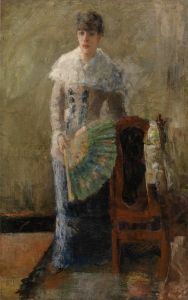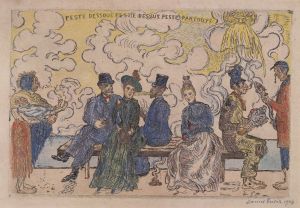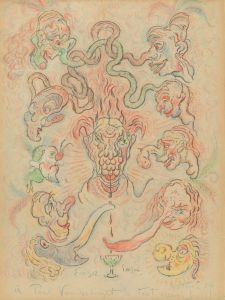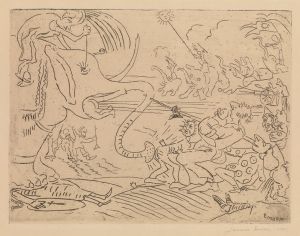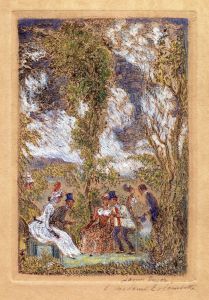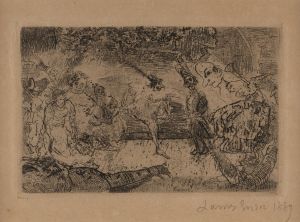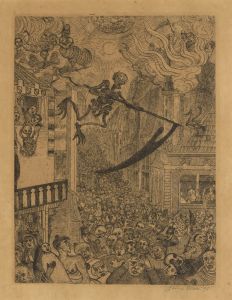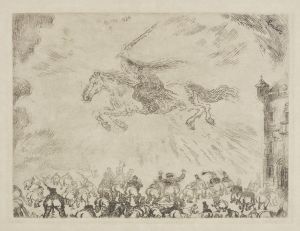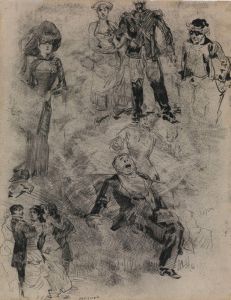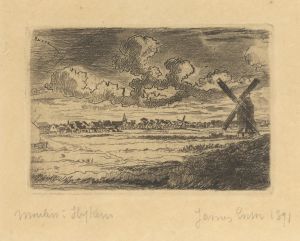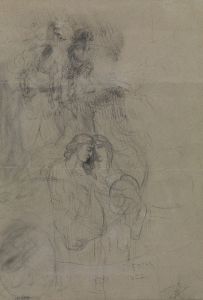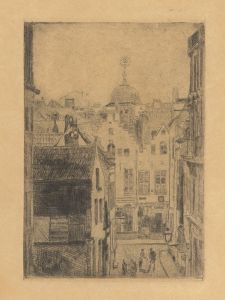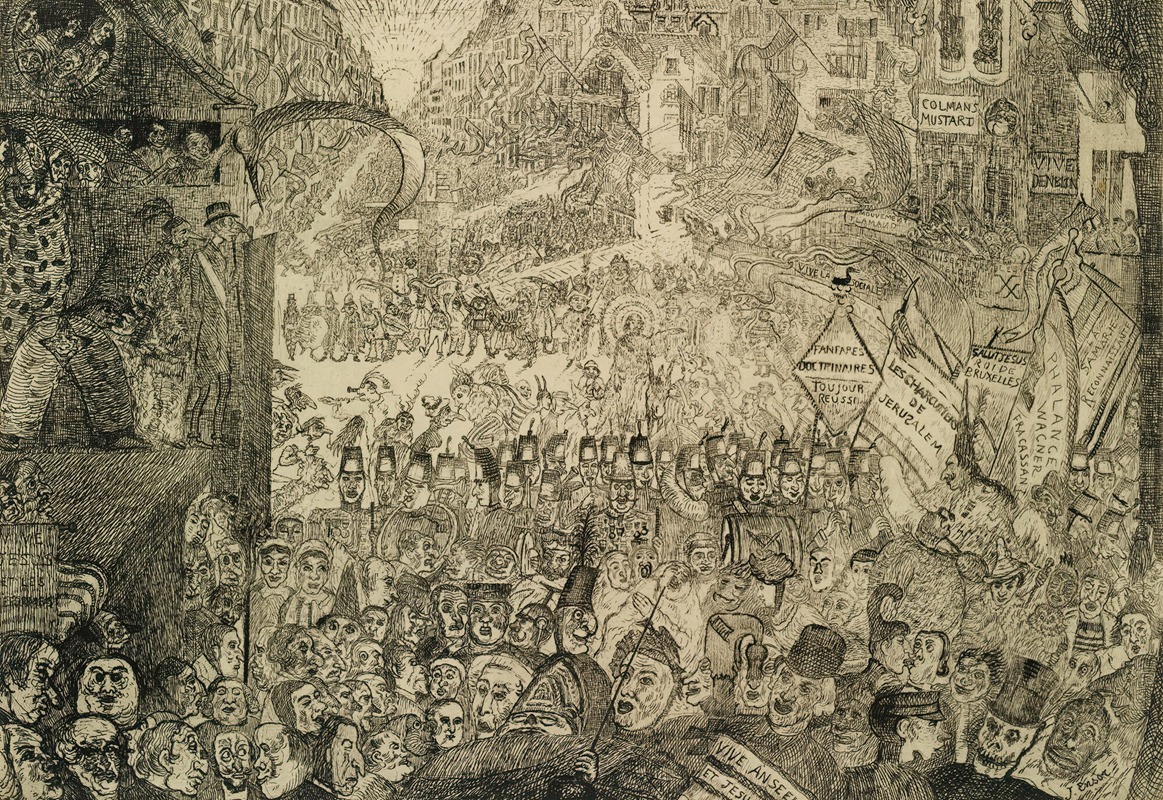
L’entrée Du Christ À Bruxelles
A hand-painted replica of James Ensor’s masterpiece L’entrée Du Christ À Bruxelles, meticulously crafted by professional artists to capture the true essence of the original. Each piece is created with museum-quality canvas and rare mineral pigments, carefully painted by experienced artists with delicate brushstrokes and rich, layered colors to perfectly recreate the texture of the original artwork. Unlike machine-printed reproductions, this hand-painted version brings the painting to life, infused with the artist’s emotions and skill in every stroke. Whether for personal collection or home decoration, it instantly elevates the artistic atmosphere of any space.
"L’entrée du Christ à Bruxelles" (The Entry of Christ into Brussels) is a monumental painting by the Belgian artist James Ensor, completed in 1888. This work is one of Ensor's most famous and is considered a significant piece in the development of modern art. It is notable for its bold use of color, complex composition, and its satirical portrayal of contemporary society.
James Ensor was born in Ostend, Belgium, in 1860 and became a leading figure in the Belgian avant-garde movement. His work often explored themes of death, masks, and carnival, reflecting his interest in the grotesque and the absurd. "L’entrée du Christ à Bruxelles" is a prime example of these themes, showcasing Ensor's unique style and vision.
The painting measures approximately 252 cm by 431 cm, making it one of Ensor's largest works. It depicts a chaotic and crowded scene of Christ's entry into Brussels, a satirical take on the biblical story of Christ's entry into Jerusalem. In Ensor's version, the event is transformed into a carnival-like parade filled with grotesque figures, clowns, and masked characters, reflecting the artist's critical view of contemporary society and politics.
Ensor's use of vibrant colors and expressive brushwork adds to the painting's dynamic and chaotic atmosphere. The composition is densely packed with figures, creating a sense of overwhelming movement and noise. At the center of the painting, Christ is depicted riding a donkey, almost lost amidst the throng of people. This central figure is surrounded by a sea of faces, each rendered with exaggerated and often grotesque features, highlighting Ensor's interest in masks and the idea of hidden identities.
The painting was initially met with controversy and was not well-received by the public or critics at the time of its creation. Its provocative subject matter and unconventional style challenged traditional artistic norms and expectations. However, over time, "L’entrée du Christ à Bruxelles" has come to be recognized as a masterpiece of modern art, appreciated for its innovative approach and its commentary on the human condition.
Ensor's work had a significant influence on later artists, particularly those associated with the Expressionist movement. His exploration of the absurd and the grotesque, as well as his bold use of color and form, paved the way for future developments in modern art.
Today, "L’entrée du Christ à Bruxelles" is housed in the J. Paul Getty Museum in Los Angeles, where it continues to be studied and admired by art historians and enthusiasts alike. The painting remains a powerful example of Ensor's artistic vision and his ability to capture the complexities of human society through his unique and often unsettling lens.






